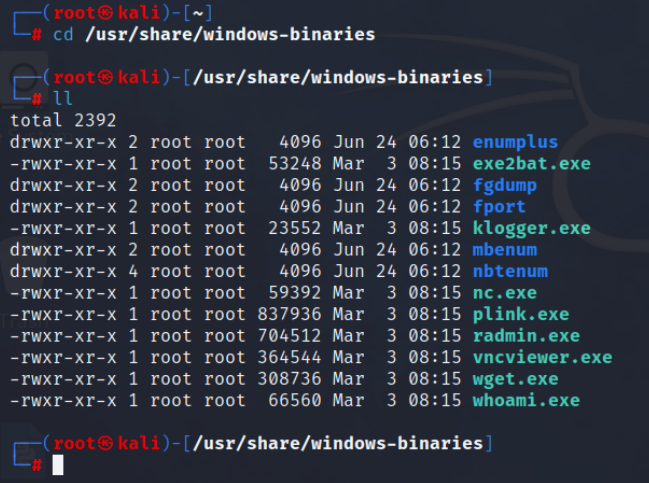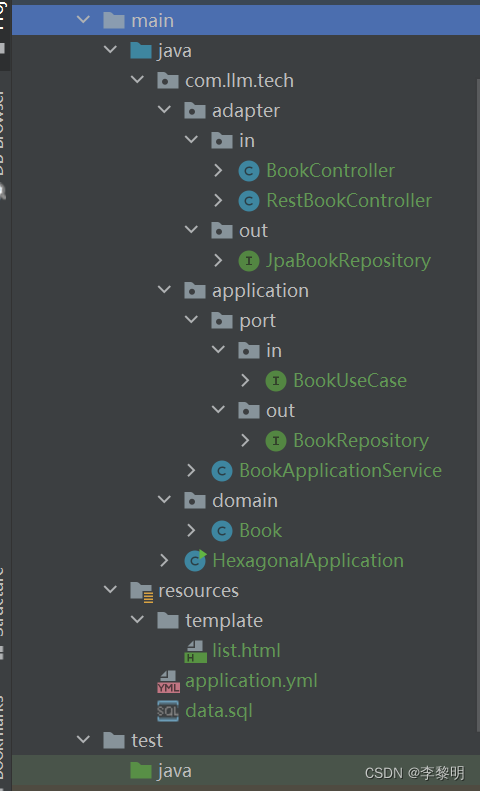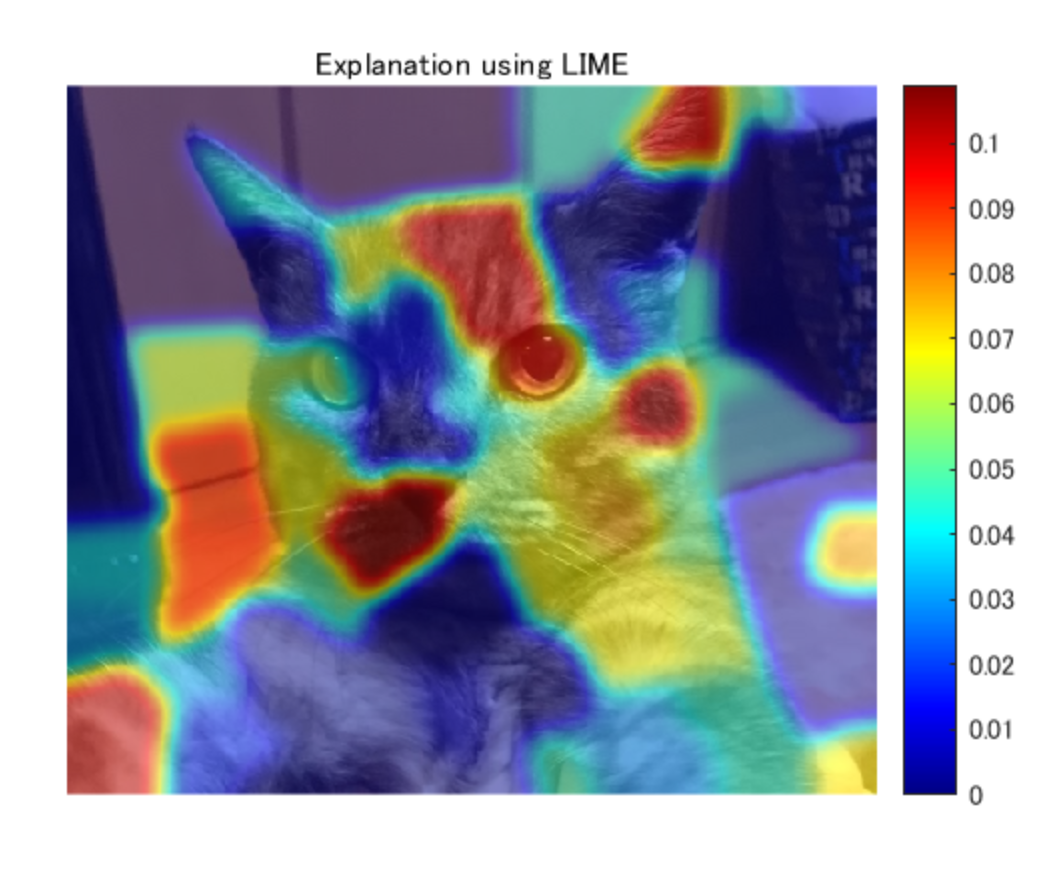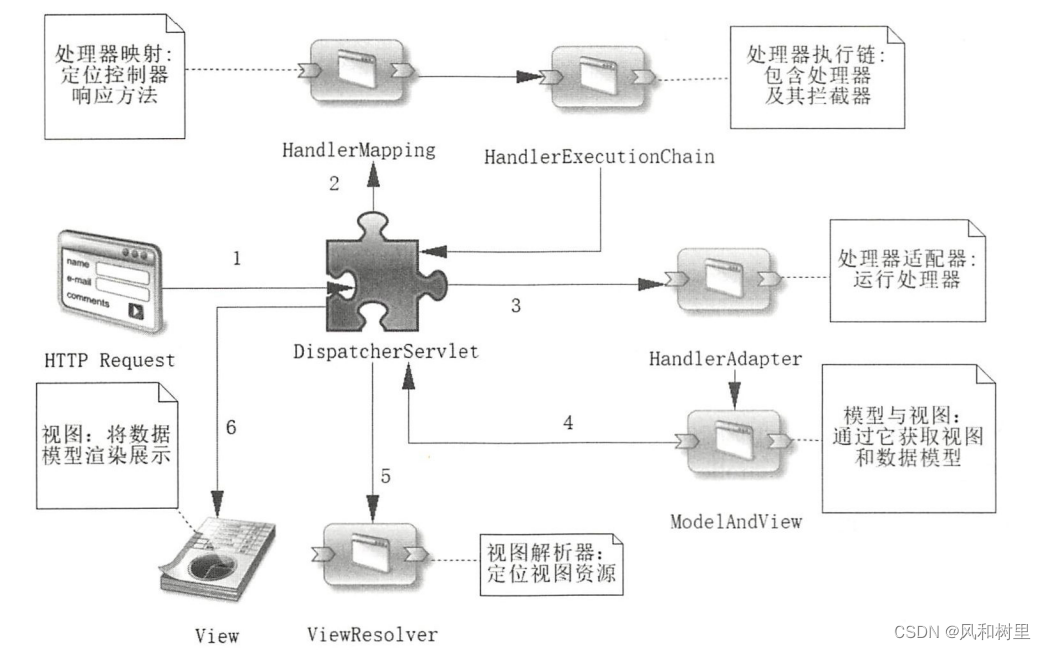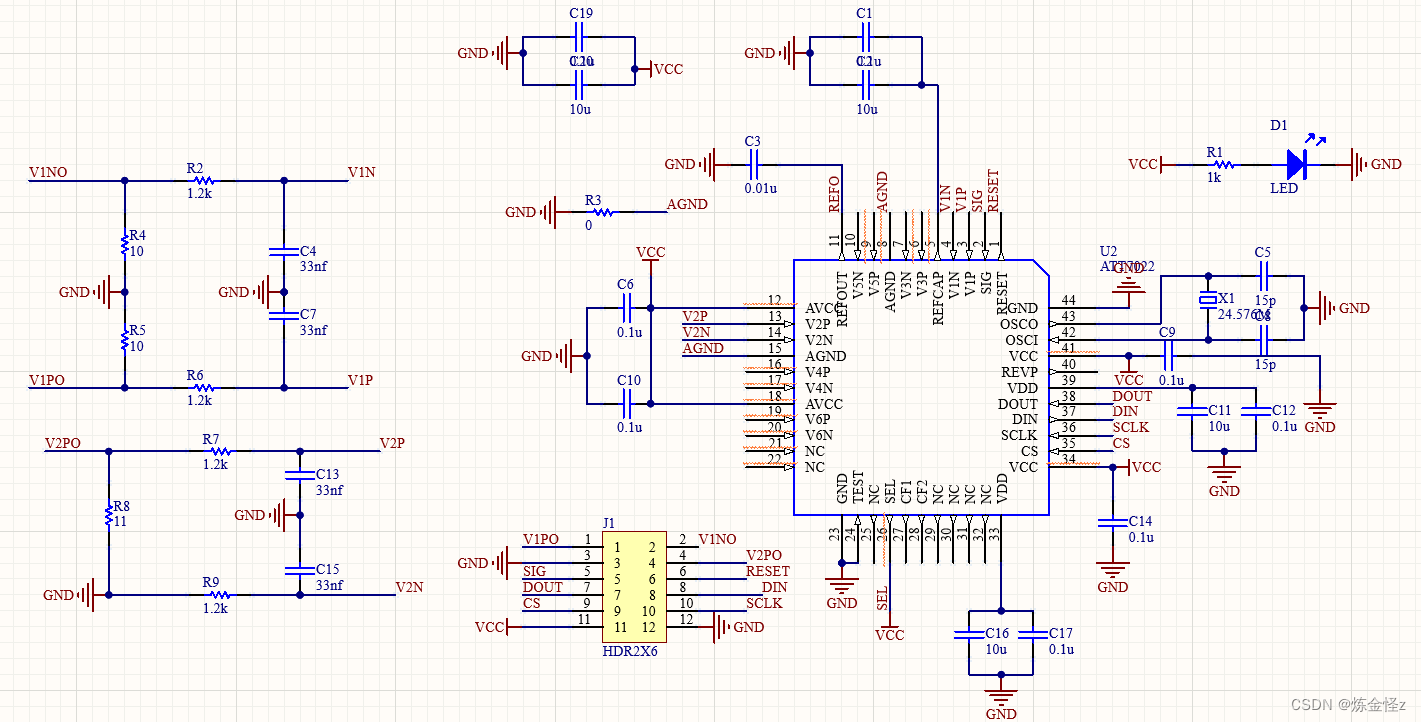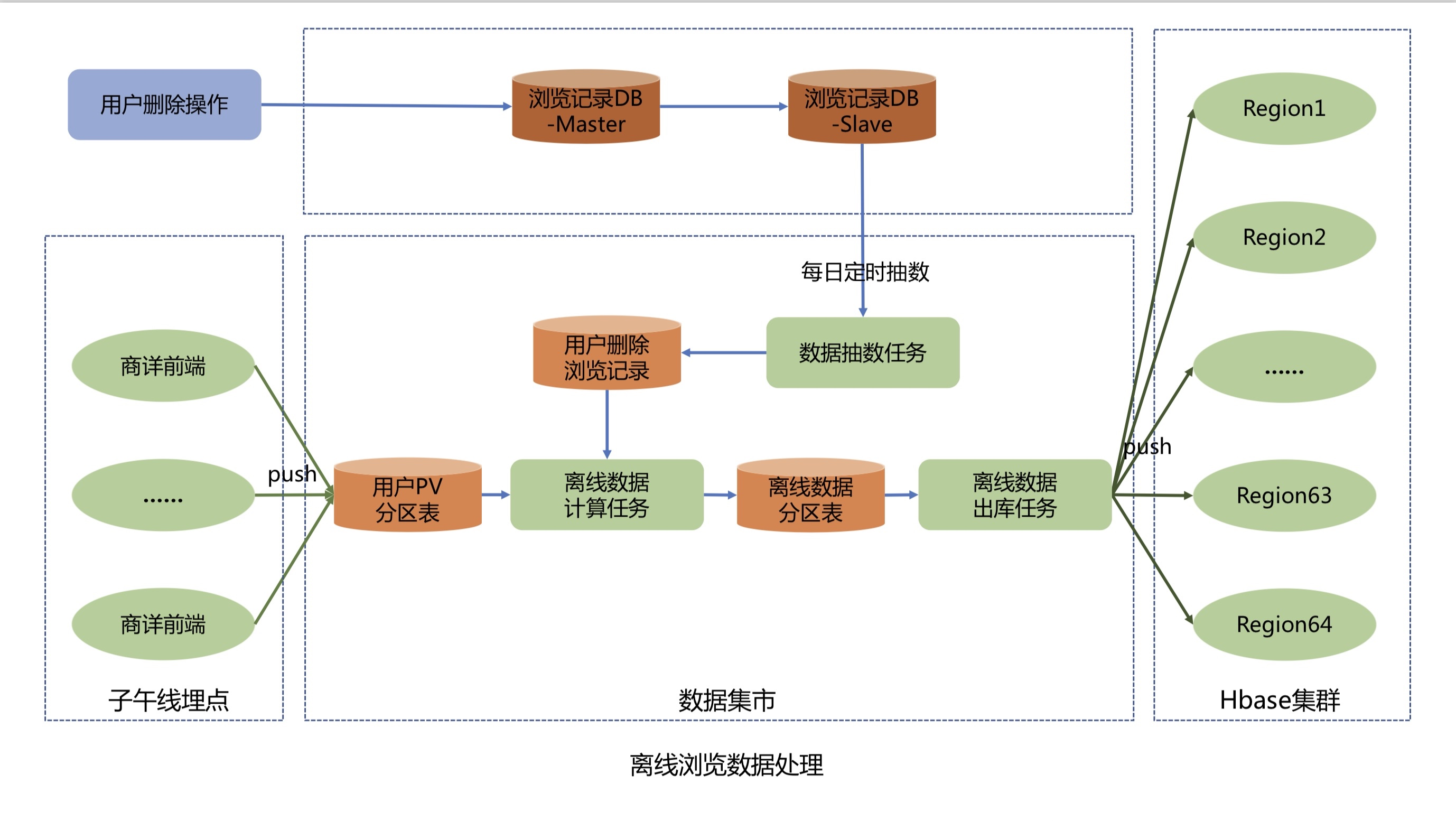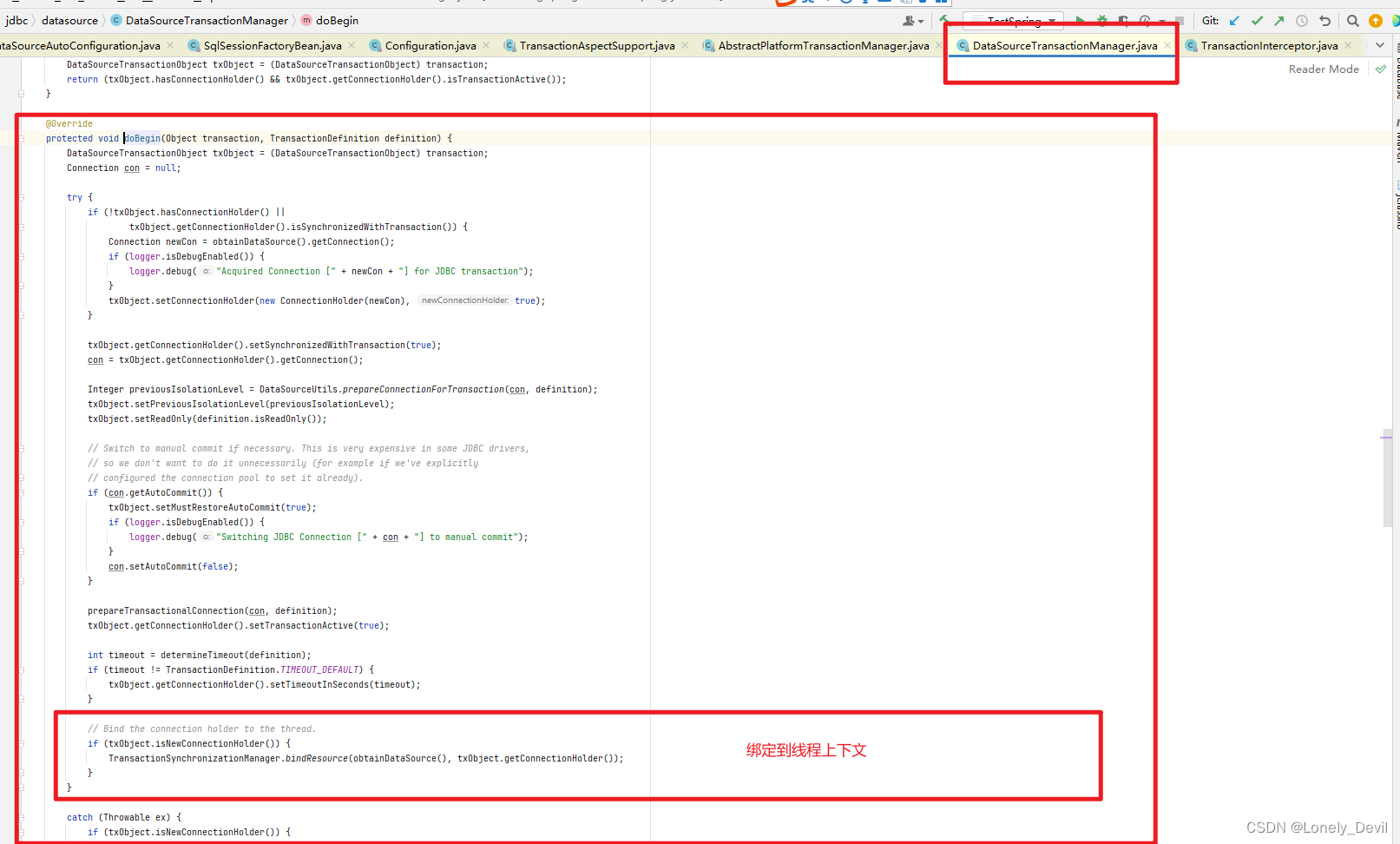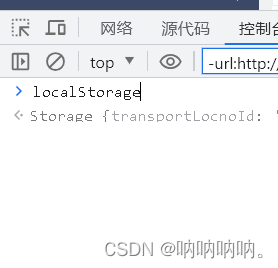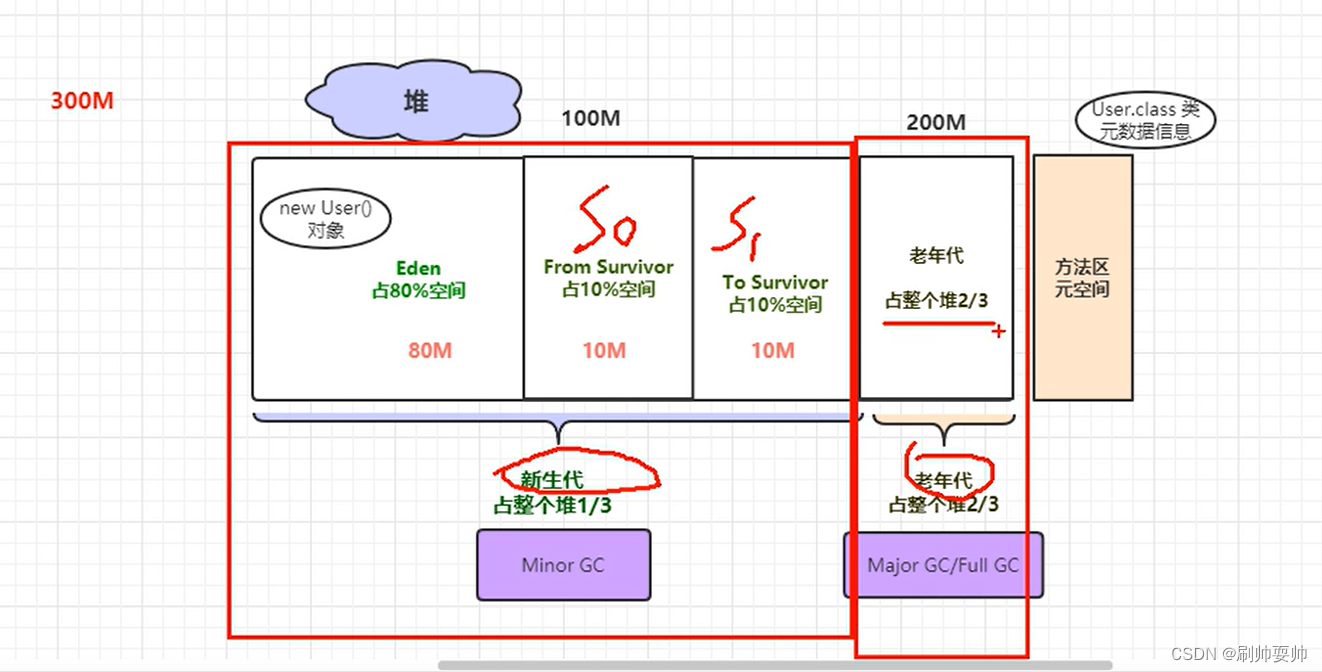类模板
类模板语法
类模板作用:
建立一个通用类,类中的成员 数据类型可以不具体定制,用一个虚拟的类型来代表。
语法:
template<typename T>
类
解释:
template … 声明创建模板
typename … 表面其后面的符号是一种数据类型,可以用class代替
T … 通用的数据类型,名称可以替换,通常为大写字母
#include <iostream>
using namespace std;
#include <string>
template<class NameType,class AgeType>
struct Person
{
public:
Person(NameType name, AgeType age)
{
this->m_Name = name;
this->m_Age = age;
}
void showPerson()
{
cout << "name:" << this->m_Name << "age:" << this->m_Age << endl;
}
NameType m_Name;
AgeType m_Age;
};
void test01()
{
Person<string, int>p1("孙悟空", 999);
p1.showPerson();
}
int main()
{
test01();
return 0;
}
总结:类模板和函数模板语法相似,在声明模板template后面加类,此类称为模板
类模板与函数模板区别
类模板与函数模板区别主要有两点:
1、类模板没有自动类型推导的使用方式
2、类模板在模板参数列表中可以有默认参数
#include <iostream>
using namespace std;
#include <string>
template<class NameType, class AgeType = int>
struct Person
{
public:
Person(NameType name, AgeType age)
{
this->m_Name = name;
this->m_Age = age;
}
void showPerson()
{
cout << "name:" << this->m_Name << "age:" << this->m_Age << endl;
}
NameType m_Name;
AgeType m_Age;
};
//1、类模板没有自动类型推导的使用方式
void test01()
{
//Person p1("孙悟空", 999);//报错,无法用自动类型推导
Person<string, int>p1("孙悟空", 999);
p1.showPerson();
}
//2、类模板在模板参数列表中可以有默认参数
void test02()
{
Person<string>p2("猪八戒",999);
p2.showPerson();
}
int main()
{
test01();
test02();
return 0;
}
总结:
1、类模板使用只能用显示指定类型方式
2、类模板中的模板参数列表可以有默认参数
类模板中成员函数的创建时机
类模板中成员函数和普通类中成员函数创建时机是有区别的:
1、普通类中的成员函数一开始就可以创建
2、类模板中的成员函数在调用时才创建
#include <iostream>
using namespace std;
class Person1
{
public:
void showPersong1()
{
cout << "Person1 show" << endl;
}
};
class Person2
{
public:
void showPersong2()
{
cout << "Person2 show" << endl;
}
};
template<class T>
class Myclass
{
public:
T obj;
//类模板中的成员函数
void func1()
{
obj.showPerson1();
}
void func2()
{
obj.showPerson2();
}
};
int main()
{
return 0;
}
上述代码可以运行,因为没有调用成员函数。
#include <iostream>
using namespace std;
class Person1
{
public:
void showPerson1()
{
cout << "Person1 show" << endl;
}
};
class Person2
{
public:
void showPerson2()
{
cout << "Person2 show" << endl;
}
};
template<class T>
class Myclass
{
public:
T obj;
//类模板中的成员函数
void func1()
{
obj.showPerson1();
}
void func2()
{
obj.showPerson2();
}
};
void test01()
{
Myclass<Person1>m;
m.func1();
//m.func2();//报错
}
int main()
{
test01();
return 0;
}
总结:
类模板中的成员函数并不是一开始就创建的,在调用时才去创建
类模板对象做函数参数
学习目的:
类模板实例化出的对象,向函数传参的方式
一共有三种传入方式:
1、指定传入的类型 —— 直接显示对象的数据类型
2、参数模板化 —— 将对象中的参数变为模板进行传递
3、整个类模板化 —— 将这个对象类型模板化进行传递
#include <iostream>
using namespace std;
#include <string>
//类模板对象做函数参数
template<class T1,class T2>
class Person
{
public:
Person(T1 name, T2 age)
{
this->m_Name = name;
this->m_Age = age;
}
void showPerson()
{
cout << "姓名:" << this->m_Name << " 年龄:" << this->m_Age << endl;
}
T1 m_Name;
T2 m_Age;
};
//1、指定传入的类型 —— 直接显示对象的数据类型(最常用)
void printPerson1(Person<string, int>&p)
{
p.showPerson();
}
void test01()
{
Person<string, int>p("张三", 33);
printPerson1(p);
}
//2、参数模板化 —— 将对象中的参数变为模板进行传递
template<class T1, class T2>
void printPerson2(Person<T1, T2>&p)
{
p.showPerson();
cout << "T1的类型为:" << typeid(T1).name() << endl;
cout << "T2的类型为:" << typeid(T2).name() << endl;
}
void test02()
{
Person<string, int>p("李四", 32);
printPerson2(p);
}
//3、整个类模板化 —— 将这个对象类型模板化进行传递
template<class T>
void printPerson3(T &p)
{
p.showPerson();
cout << "T的数据类型为:" << typeid(T).name() << endl;
}
void test03()
{
Person<string, int>p("王五", 35);
printPerson3(p);
}
int main()
{
test01();
test02();
test03();
return 0;
}

总结:
1、通过类模板创建的对象,可以有三种方式向函数中进行传参
2、使用比较广泛的是第一种:指定传入的类型
类模板与继承
当类模板碰到继承时,需要注意以下几点:
1、当子类继承的父类是一个类模板时,子类在声明的时候,要指定出父类中T的类型
2、如果不指定,编译器无法给子类分配内存
3、如果想灵活指定出父类中T的类型,子类也需变为类模板
#include <iostream>
using namespace std;
template<class T>
class Base
{
T m;
};
//class Son :public Base//错误,必须要知道父类中T的类型,才能继承给子类
class Son :public Base<int>
{
};
template<class T1,class T2>
class Son2 :public Base<T2>
{
public:
Son2()
{
cout << "T1的类型为:" << typeid(T1).name() << endl;
cout << "T2的类型为:" << typeid(T2).name() << endl;
}
T1 obj;
};
void test01()
{
Son s1;
}
void test02()
{
Son2<int, char>S2;
}
int main()
{
//test01();
test02();
return 0;
}

总结:如果父类是类模板,子类需要指出父类父类中T的数据类型
类模板成员函数类外实现
学习目标:能够掌握类模板中的成员函数类外实现
#include <iostream>
using namespace std;
#include <string>
template<class T1,class T2>
class Person
{
public:
Person(T1 name, T2 age);
void showPerson();
T1 m_Name;
T2 m_Age;
};
template<class T1, class T2>
Person<T1, T2>::Person(T1 name, T2 age)
{
this->m_Name = name;
this->m_Age = age;
}
template<class T1, class T2>
void Person<T1, T2>::showPerson()
{
cout << "姓名:" << this->m_Name << "年龄:" << this->m_Age << endl;
}
void test01()
{
Person<string, int>P("Tom", 20);
P.showPerson();
}
int main()
{
test01();
return 0;
}
总结:类模板中成员函数类外实现时,需要加上模板参数列表
类模板分文件编写
学习目标:
掌握类模板成员函数分文件编写产生的问题以及解决方式
问题:
类模板中成员函数创建时机是在调用阶段,导致分文件编写时链接不到
解决:
1、解决方式1:直接包含.cpp源文件
2、解决方式2:将声明和实现写到同一个文件中,并更改后缀名为.hpp,hpp是约定的名称,并不是强制
hpp
#pragma once
#include <iostream>
using namespace std;
#include <string>
//类模板分文件编写问题以及解决
template<class T1, class T2>
class Person
{
public:
Person(T1 name, T2 age);
void showPerson();
T1 m_Name;
T2 m_Age;
};
template<class T1, class T2>
Person<T1, T2>::Person(T1 name, T2 age)
{
this->m_Name = name;
this->m_Age = age;
}
template<class T1, class T2>
void Person<T1, T2>::showPerson()
{
cout << "姓名:" << this->m_Name << "年龄:" << this->m_Age << endl;
}
main
//第一种解决方式,直接包含源文件
//#include "person.cpp"//少用
//第二种解决方式,将h和cpp中的内容写到仪器,将后缀改为.hpp文件
#include "person.hpp"
void test01()
{
Person <string, int>p("Jerry", 18);
p.showPerson();
}
int main()
{
test01();
return 0;
}
总结:主流的解决方式是第二种,将类模板成员函数写到一起,并将后缀名改为.hpp
类模板与友元
学习目标:掌握类模板配合友元函数的类内和类外实现
全局函数类内实现-直接在类内声明友元即可
全局函数类外实现-需要提前让编译器知道全局函数的存在
#include <iostream>
using namespace std;
#include <string>
//通过全局函数 打印Person信息
//提前让编译器知道Person类存在
template<class T1, class T2>
class Person;
//类外实现
template<class T1, class T2>
void printPerson2(Person<T1, T2> p)
{
cout << "类外实现--姓名:" << p.m_Name << " 年龄:" << p.m_Age << endl;
}
template<class T1, class T2>
class Person
{
//全局函数 类内实现
friend void printPerson(Person<T1, T2> p)
{
cout << "姓名:" << p.m_Name << " 年龄:" << p.m_Age << endl;
}
//全局函数 类外实现
//加空模板参数列表
//如果全局函数 是类外实现,需要让编译器提前知道这个函数的存在
friend void printPerson2<>(Person<T1, T2> p);
public:
Person(T1 name, T2 age)
{
this->m_Name = name;
this->m_Age = age;
}
private:
T1 m_Name;
T2 m_Age;
};
//1、全局函数在类内实现
void test01()
{
Person<string, int>p("Tom", 20);
printPerson(p);
}
//2、全局函数在类外实现
void test02()
{
Person<string, int>p("Jerry", 20);
printPerson2(p);
}
int main()
{
test01();
return 0;
}
总结:建议全局函数做类内实现,用法简单,而且编译器可以直接识别。


